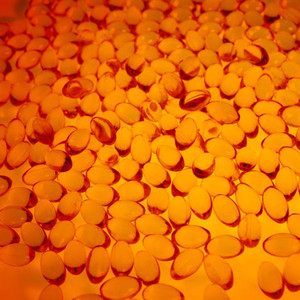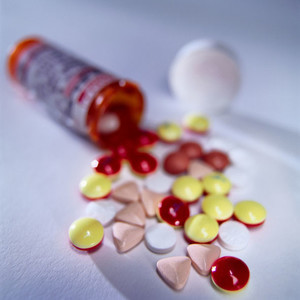South Africa, home to 5.7 million HIV-positive people – more than any other country in the world – gives AIDS patients free drugs, most of which are generics that come from India. This is just one country, but representative of many that are keen to buy low-priced generic medicines from India. So much so that India now produces a quarter of the world’s generic medicines.
- Home
-
Generics
News
- FDA approves generic teriparatide and levetiracetam
- US generics launch and approval for Dr Reddy’s and Lupin
- Five Chinese companies join UN’s MPP for Covid-19 medicines
- South Korean companies to make generic Bridion and COVID-19 drugs
Research
- Japan’s drug shortage crisis: challenges and policy solutions
- Saudi FDA drug approvals and GMP inspections: trend analysis
- Generic medications in the Lebanese community: understanding and public perception
- Community pharmacists’ understanding of generic and biosimilar drugs: Lebanon case study
-
Biosimilars
News
- FDA approves aflibercept biosimilar Eydenzelt and label expansion for adalimumab biosimilar Yuflyma
- ANVISA approves biosimilars for denosumab, trastuzumab, and aflibercept
- Biosimilars referencing Amgen’s Neulasta and Neupogen launch in Canada and US
- EMA recommends approval for nine biosimilars
- MORE EDITORIAL SECTIONS
- Search








 0
0











Post your comment